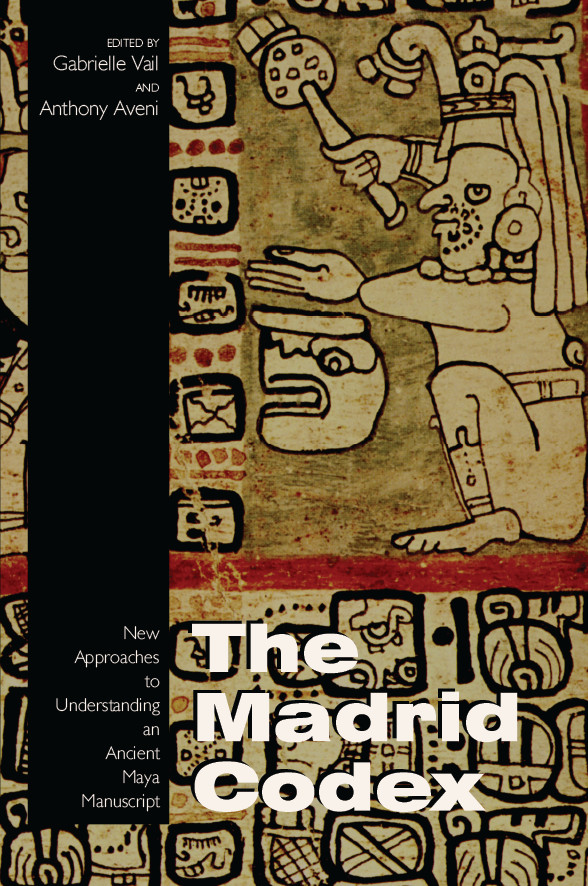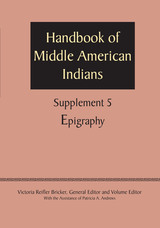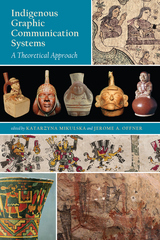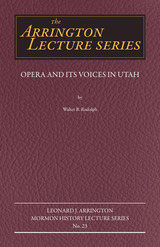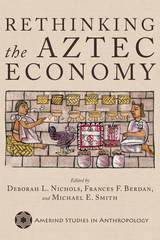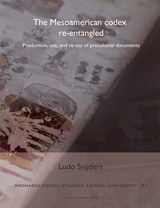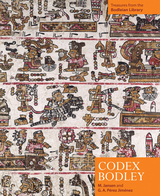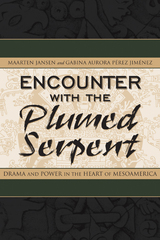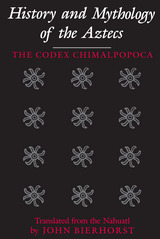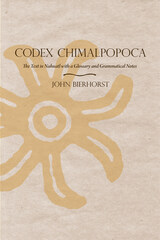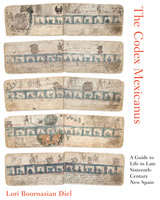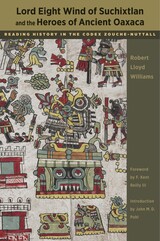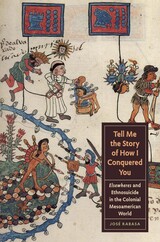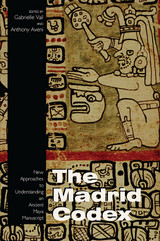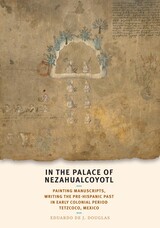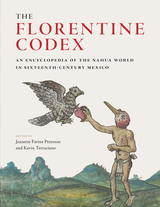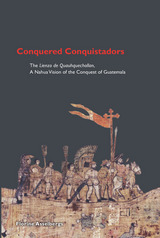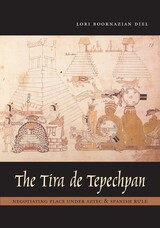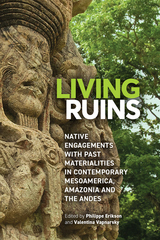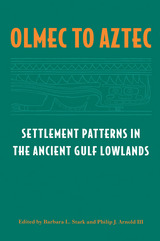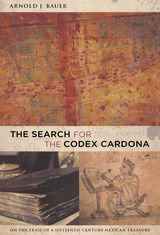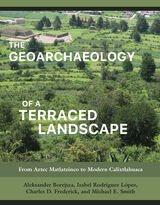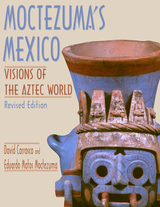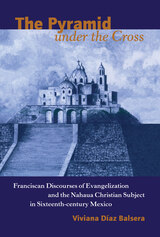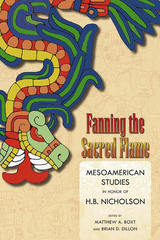The Madrid Codex: New Approaches to Understanding an Ancient Maya Manuscript
University Press of Colorado, 2004
eISBN: 978-0-87081-861-5 | Paper: 978-0-87081-939-1 | Cloth: 978-0-87081-786-1
Library of Congress Classification F1219.56.C628M33 2004
Dewey Decimal Classification 972.81016
eISBN: 978-0-87081-861-5 | Paper: 978-0-87081-939-1 | Cloth: 978-0-87081-786-1
Library of Congress Classification F1219.56.C628M33 2004
Dewey Decimal Classification 972.81016
ABOUT THIS BOOK | AUTHOR BIOGRAPHY | REVIEWS | TOC | REQUEST ACCESSIBLE FILE
ABOUT THIS BOOK
This volume offers new calendrical models and methodologies for reading, dating, and interpreting the general significance of the Madrid Codex. The longest of the surviving Maya codices, this manuscript includes texts and images painted by scribes conversant in Maya hieroglyphic writing, a written means of communication practiced by Maya elites from the second to the fifteenth centuries A.D. Some scholars have recently argued that the Madrid Codex originated in the Petén region of Guatemala and postdates European contact. The contributors to this volume challenge that view by demonstrating convincingly that it originated in northern Yucatán and was painted in the Pre-Columbian era. In addition, several contributors reveal provocative connections among the Madrid and Borgia group of codices from Central Mexico.
Contributors include: Harvey M. Bricker, Victoria R. Bricker, John F. Chuchiak IV, Christine L. Hernández, Bryan R. Just, Merideth Paxton, and John Pohl. Additional support for this publication was generously provided by the Eugene M. Kayden Fund at the University of Colorado.
See other books on: Analysis | Maya calendar | Mayas | New Approaches | Understanding
See other titles from University Press of Colorado
